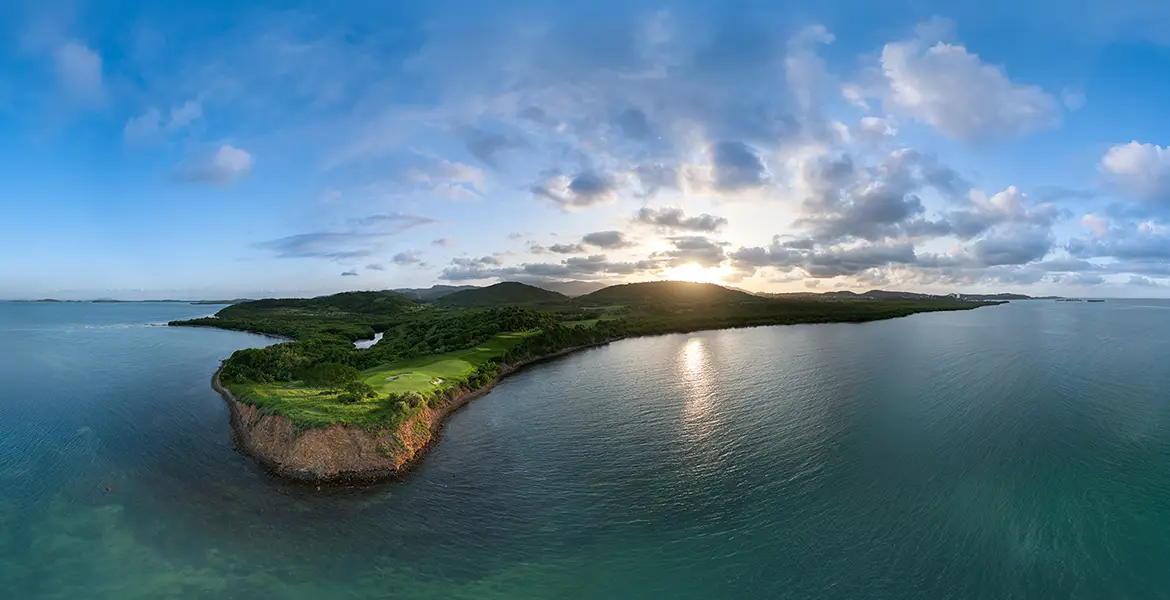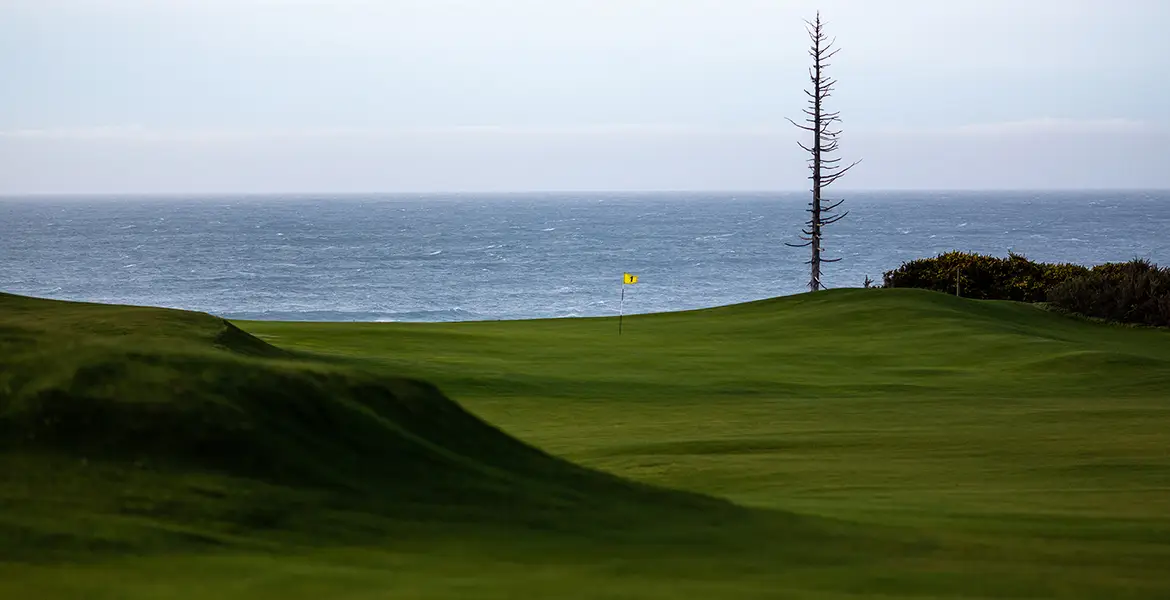A fistful of the planet’s greatest courses actually play into the town where they reside—think St. Andrews, Lahinch, and North Berwick, for starters. Yet, others have such close associations with a locale that the word “town” is part of the club or course name. Think Harbour Town, venue for Hilton Head Island’s RBC Heritage since 1969. In American golf’s early days, many clubs were known as “Town and Country,” indicating both an urban and rural presence for its activities. A few of those remain today.
Here then are the six best “Town” courses in the U.S.
Harbour Town Golf Links—Hilton Head Island, S.C.
A bewitching brew of dark lagoons, flat, narrow fairways framed by moss-festooned live oaks, tiny greens, and bunkers shored with railroad ties, Harbour Town (the No. 70 course in The LINKS 100) is one of Pete Dye’s early masterworks, opened in 1969. Jack Nicklaus consulted on the design. The emphasis here is on strategy and placement, which explains why brilliant ball-strikers such as Johnny Miller, Tom Watson, and Payne Stewart won here twice each and why Davis Love III owns five trophies. To win, all of them had to survive the fabled 472-yard par-four 18th, one of golf’s “must-play” holes. To the left are the salt marshes of Calibogue (pronounced “Cali-bogey”) Sound. To the right, trees, condos, and out of bounds. In the distance looms Harbour Town’s most enduring symbol, a candy cane-striped lighthouse, along with a luxury boat-filled marina. Love’s golf architecture firm has just completed a course resto-vation that will preserve this gem for the next generation.
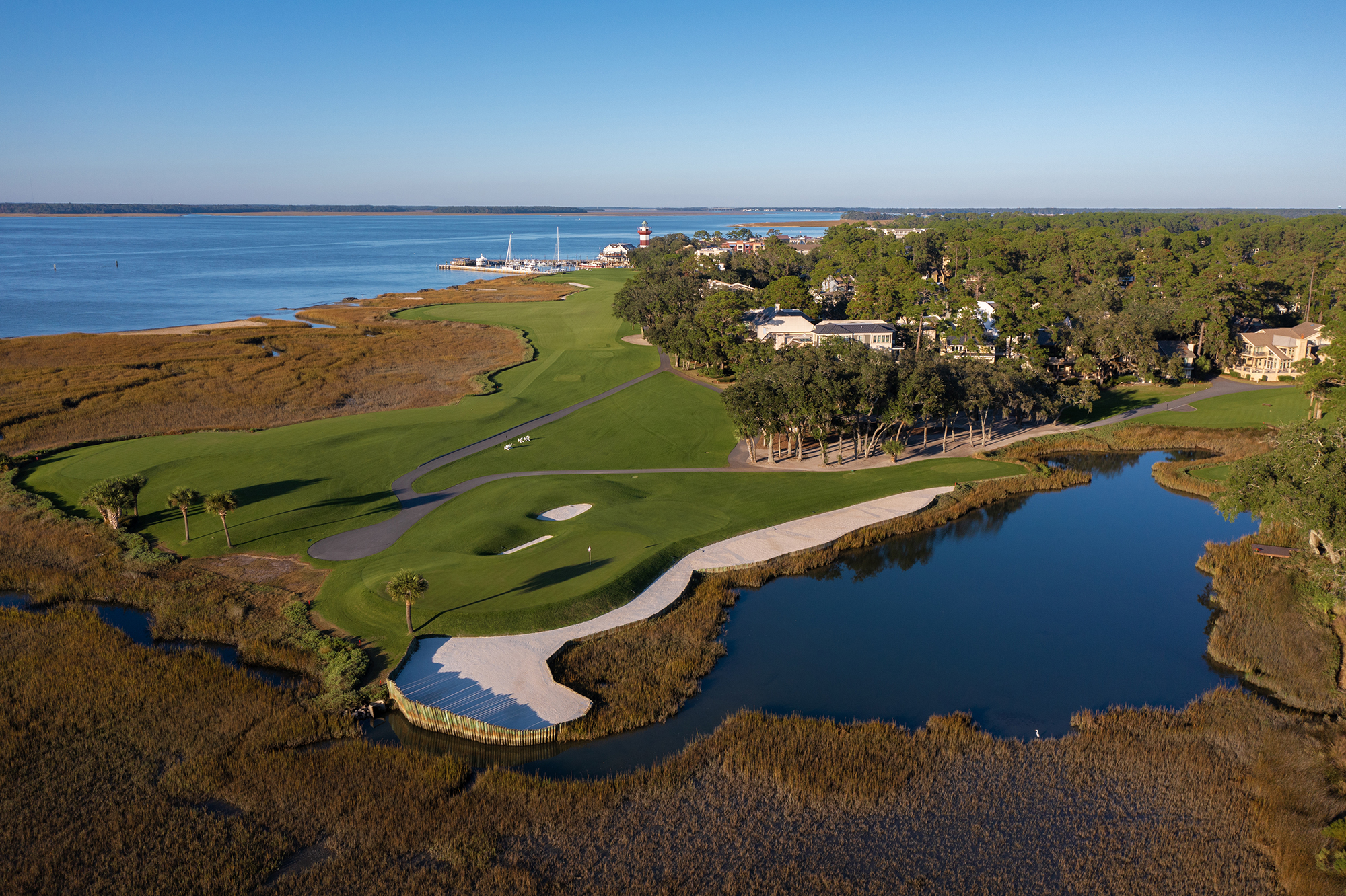
Old Town Club—Winston-Salem, N.C.
A 2013 Bill Coore/Ben Crenshaw restoration sparked renewed attention to the low-key, yet dramatically undulating 1939 Perry Maxwell layout that serves as the home course for Wake Forest University’s golf teams. Coore & Crenshaw put back the lacy-edged bunkers, the classic tee and fairway lines, and the double green shared by holes 8 and 17 (a Clifford Roberts idea). A brilliant routing and beguiling green contours were always in place. Among the Wake Forest alumni that honed their skills while competing for the Demon Deacons are Arnold Palmer, Lanny Wadkins, Curtis Strange, Jay Haas, and Webb Simpson. Currently ranked 59th in the world in The LINKS 100, Old Town (along with Pinehurst No. 2) is the course that influenced Coore the most in his design career.
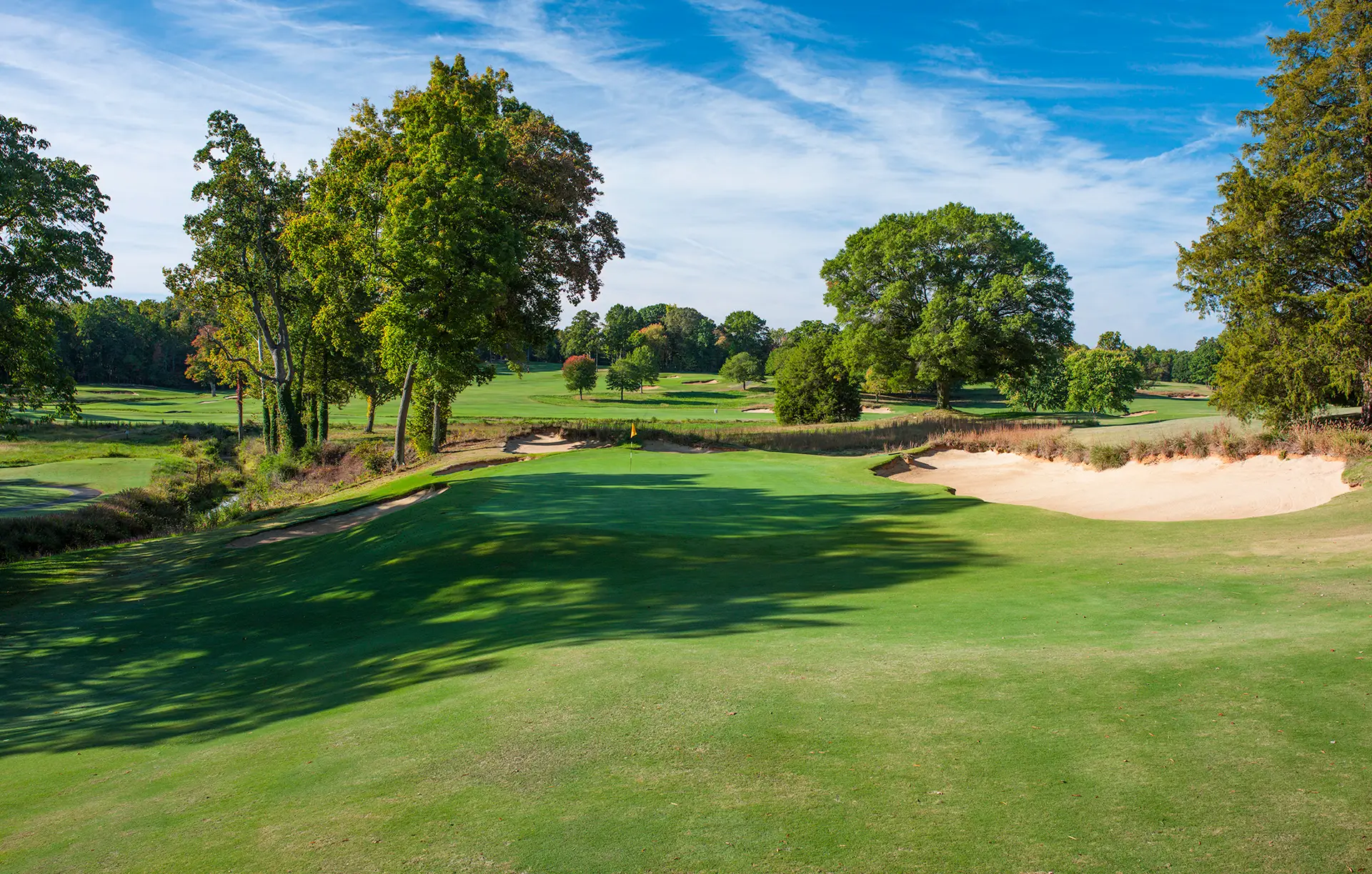
Cherokee Town and Country Club—Atlanta, Ga.
One of The Peach State’s most exclusive enclaves, Cherokee is a 1956 institution that maintains an in-town club in Atlanta proper and a country club campus in suburban Sandy Springs, though some sources list its golf location as Dunwoody. The hint of mystery perhaps adds to the allure for members and their guests, who have two superb courses at their disposal. The North course (known as the Riverside for much of its existence due to its proximity to the Chattahoochee River) features nine holes by Willard Byrd (1977) and nine by Joe Lee and Rocky Roquemore (1986). It ranks slightly higher than the South, a David Gill design from 1957 long known as the Hillside course, which Byrd tweaked in the 1970s. Tom Fazio renovated both courses in 1998. Typical of northern Atlanta, the courses roll through undulating, thickly forested terrain. The back nine of the 7,170-yard, par-72 North generally draws the most praise of the four, with one solid, attractive hole after the next, perhaps paced by the 207-yard par-three 14th, which plays downhill over a pond.
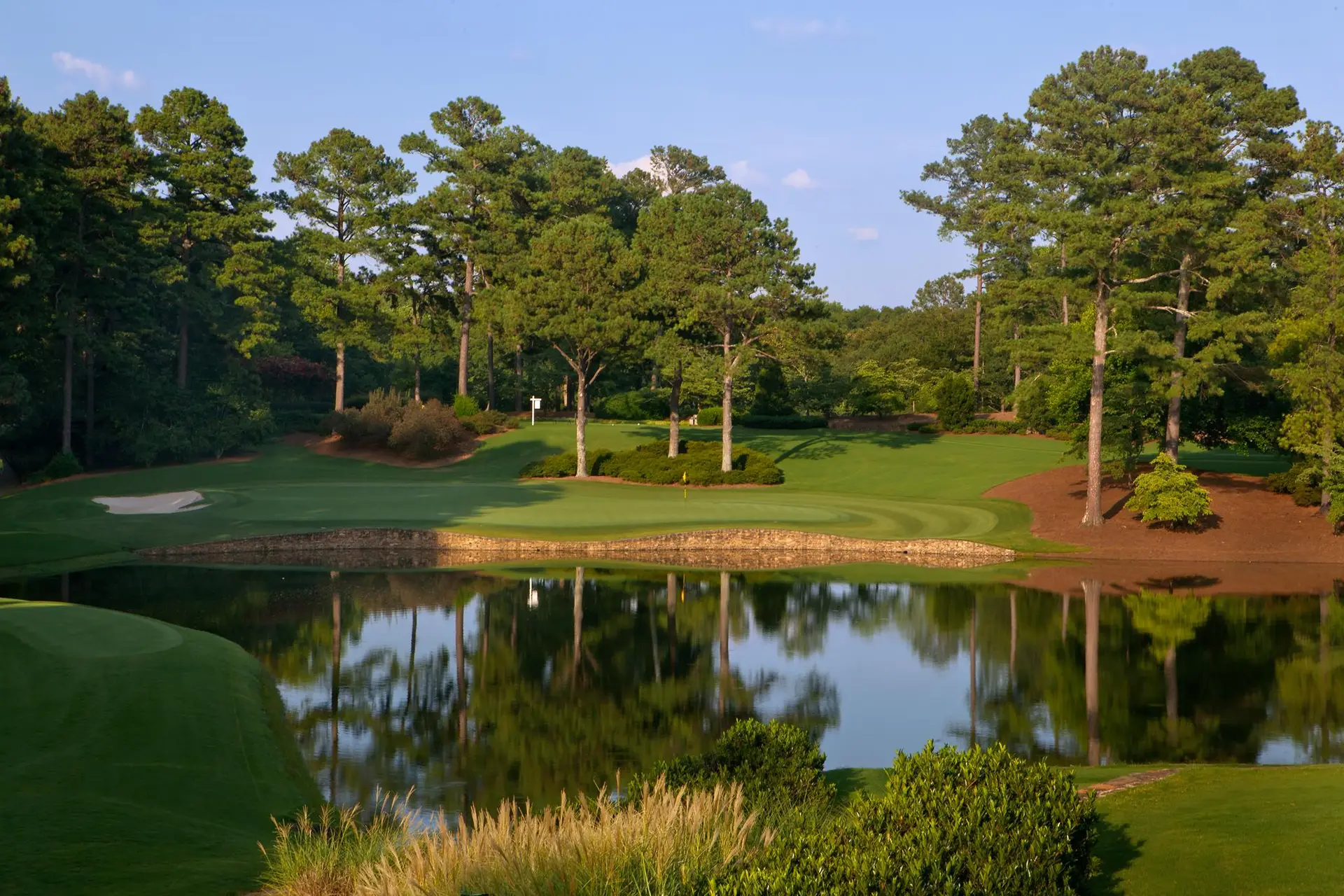
Town & Country Club—St. Paul, Minn.
Of the half-dozen or so golf facilities in the U.S. that retain the Old World “Town and Country” name, the most distinguished resides in the heart of Minnesota’s Twin Cities. The first round of golf ever played in Minnesota took place here in 1893, at a makeshift five-hole layout established by founding member William F. Peet together with native Scot George McCree. Chicago amateur E.J. Frost revised the five holes and added four more in 1898 with the help of C.B. Macdonald, H.J. Whigham, and the club’s first professional, Robert Foulis. The club served as a well-respected tournament hub, hosting eight Minnesota Amateurs (the first in 1903) and the U.S. Women’s Amateur in 1951, won by Dot Kirby. It was also chosen to host the Walker Cup in 1940, but World War II intervened and the event never did take place here. Today’s 6,381-yard par-72 layout incorporates a variety of bizarre sequencing quirks, including back-to-back par threes at holes 2 and 3 on the front nine and a back nine with only two par-fours, at 10 and 13, and a finish of 3–5–5–5–3, making it likely the only course on earth that concludes in such fashion. The course’s intimate, partly wooded setting is complemented by backdrops of the Mississippi River from many holes. Town & Country is currently under renovation from Toronto-based architect Jeff Mingay that will restore Golden Age character to the design.

Chaska Town Course—Chaska, Minn.
If the town of Chaska sounds familiar, it’s because it’s home to Minnesota’s most prominent tournament host, Hazeltine National. The nearby public version, Chaska Town, doesn’t provide the same test, but at 6,817 yards, par 72, with a slope of 140, it holds its own for quality and value. As evidence, it played co-host with Hazeltine to the 2006 U.S. Amateur. Billy Horschel scorched Chaska with an 11-under-par 60 in the first round of qualifying. He followed up with a 78 at Hazeltine yet still won medalist honors. Chaska Town is a 1997 Arthur Hills design, with associate Brian Yoder lending plenty of support in creating a mostly open, prairie-style layout sprinkled with oaks, wetlands, and wildflower-dotted tall fescues.
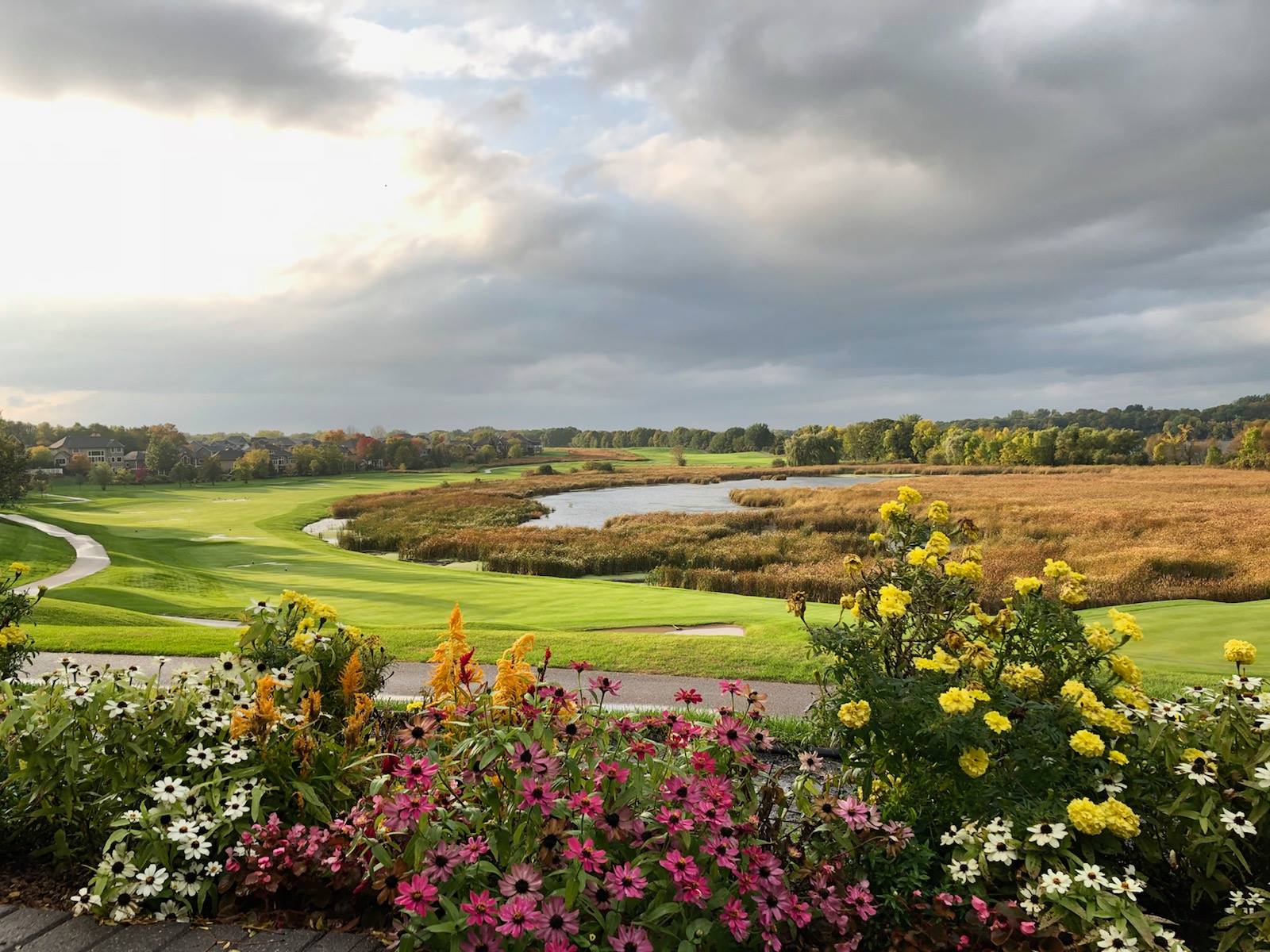
Town of Wallkill Golf Course—Middletown, N.Y.
Situated about 70 miles north of New York City in the Hudson Valley’s Orange County, this 1991 Steve Esposito creation is a tight, hilly layout with many doglegs that challenges via woods and water despite its shortish length from the tips, 6,470 yards, par 72. Eleven holes tangle with water, including the first two, which play around a lagoon. Ridges studded with oak, hemlock, and shagbark hickory make the course particularly delightful in the fall. References run about 50/50 as to whether its official name is Town of Wallkill Golf Course or simply Wallkill Golf Course; its website is townofwallkillgolfclub.com and there you can find many descriptions calling it just that. Oddly, its address listed is Middletown, though it makes clear that “Town of Wallkill Residents” get discounted green fees.

Other Noteworthy “Town” Courses
Sheboygan Town & Country Golf Course, 30 minutes east of Fond du Lac and roughly halfway between Milwaukee and Green Bay in Wisconsin, offers 27 wooded holes, a handful which encounter the Pigeon River, and an under $50 rate no matter which nines you pair. Cokato Town & Country Club, 60 miles west of the Minneapolis-St. Paul Airport, delivers a 9-hole spread of 3,221 yards, par 36, designed by Paul Coates in 1959. The Miles City (Montana) Town & Country Club, 150 miles east of Billings, opened in June 1957. Its 9-hole parklander was renovated by Robert Muir Graves in 1976. Town and Country Golf Links in Woodstown, N.J., is a 1999 Carl Gatskill design that measures 6,659 yards, par 71, which tests with seven ponds, tall fescues, and plenty of bunkers and trees to push the back tee slope to 134.
Finally, a tidbit about a legendary Southern California establishment, Altadena Town & Country Club. A social hub in the San Gabriel Valley, situated just north of Pasadena, Altadena Country Club was founded in 1910, and soon thereafter, opened its William Watson-designed 18-hole championship course. In 1920, new ownership changed the name to Pasadena Golf Club and retained George O’Neil to redesign the course, with Jack Croke assisting. Croke built the course, with help from William P. Bell. However, the Depression and World War II practically obliterated the course, which in 1932 had been renamed Altadena Golf Club. Westmont College purchased the club in 1944, but when Los Angeles prohibited it from relocating its main campus there, the college sold 60 acres to the city. Following World War II, that acreage was transformed into the 9-hole public Altadena Golf Course, with a redesign by William P. Bell. Concurrently, a revived private club emerged next door, now called the Altadena Town and Country Club, which became a haven for tennis and swimming. Members continued to play golf at the public course next door, but the two were separate entities. Alas, the Eaton Fire of January 2025 destroyed the Altadena Town and Country Club and forced the closure of the Altadena Golf Course next door. The future for each is uncertain.




